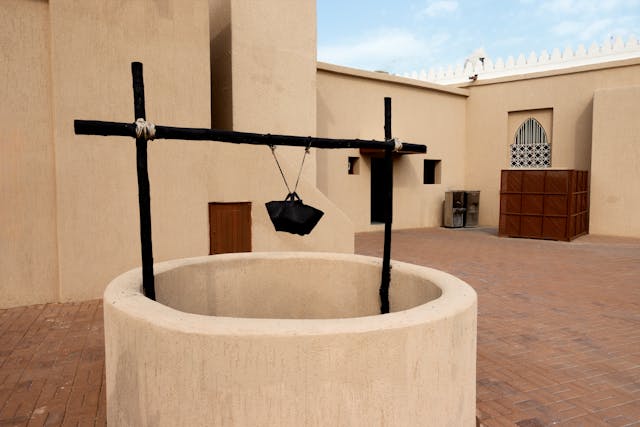
What is the water table? The water table is a layer between soil that is not saturated with water and soil that is completely saturated with water.
The water table is at different depths depending on the makeup of the ground and the topography. It is usually at the bottom of the soil layer, just above the bedrock. Soil varies in depth, from a few centimeters to several meters and soil is made up of different layers as well. The top layer is called “humus” and it is a layer of decomposing organic matter. It contains a lot of the nutrients that make soil healthy. The next layer down is called “topsoil”. This is the top layer of soil and has a very high concentration of organic matter and microorganisms. The next layer is called the “eluviation layer”. It is the layer that transports material from the upper layers to the lower layers and from the lower layers to the upper layers. Then there is the subsoil, which is made up of sand, silt, and possibly clay. It is compacted and quite hard. Below that is the regolith, which is a layer of dust, soil, broken rock, and other pieces. It is very loose although compressed again. And below that is the bedrock, which is the hard rock that all of the other layers sit upon.
The water table is filled by water from rainfall, snow melt, and from lakes or rivers that drain into the soil. The water soaks through the soil and moves downwards because of gravity. The top layer of soil will have water in it, but it has more air than water. It is called the zone of aeration because of this. The air allows for microorganisms and creatures like worms to survive. They would be deprived of oxygen if they lived in the water table area. The water table comes below the zone of aeration and the soil is saturated with water. Underneath the water table is a layer of rock that contains the water and keeps it in the soil. This is sometimes impermeable rock, but it is sometimes permeable rock. When it is permeable rock, the rock can hold water as well and it is called an aquifer. Aquifers aren’t always under the water table. They can be above or to the side of it and they can transport water from it across the land. Sometimes, the water table or an aquifer might meet the point where
The majority of life on our planet relies on water from the water table. Plants get their water from the soil using their roots. This can pull water up from the water table into the zone of aeration. Many plants also have roots that are long enough to reach down into the water table. We use the water table as well. A lot of our water is pumped up from the water table, treated, and then pumped to our cities.
The water table varies in height depending on the season, the vegetation and human activity. In the drier months of the year, there is obviously less rainfall and the water table can fall. If there are a lot of plants, the water table can fall again. And if humans pump out more water than is replaced, then the water tables can fall significantly. Recently, the amount of water we use is increasing year by year. A lot of this goes to drinking water and water we use in cities, but a far larger percentage goes to growing crops and raising animals for food. Because of this, the world’s water tables are dropping. 36% are dropping at a rate of 0.1 meters a year and 12% are dropping at 0.5 meters a year. The rate of decline is accelerating as well. In the USA, a study in 2023 showed that a lot of the ground water and aquifers across several states have declined to the point where they can no longer be used. Unless they are left completely alone, these water tables will not return, causing irreparable damage to the ecosystem. Once the water is pumped out, there is more air between the particles and the ground can settle, compressing everything. Once that happens, it makes it more difficult for water to flow in and replenish the water tables.
The only solution is to stop taking water from the water tables until they replenish, but that would mean enormous water shortages across most countries. One solution could be desalinating seawater, but that is still far too expensive. Despite its cost, though, it might become the only solution. And this is what I learned today.
Sources
https://happydrains.co.uk/blog/what-is-a-water-table
https://education.nationalgeographic.org/resource/water-table/
https://en.wikipedia.org/wiki/Water_table
https://www.nytimes.com/interactive/2023/08/28/climate/groundwater-drying-climate-change.html
Photo by Frans van Heerden: https://www.pexels.com/photo/well-outside-house-1661306/

Pingback: Why don’t things stick to Teflon?